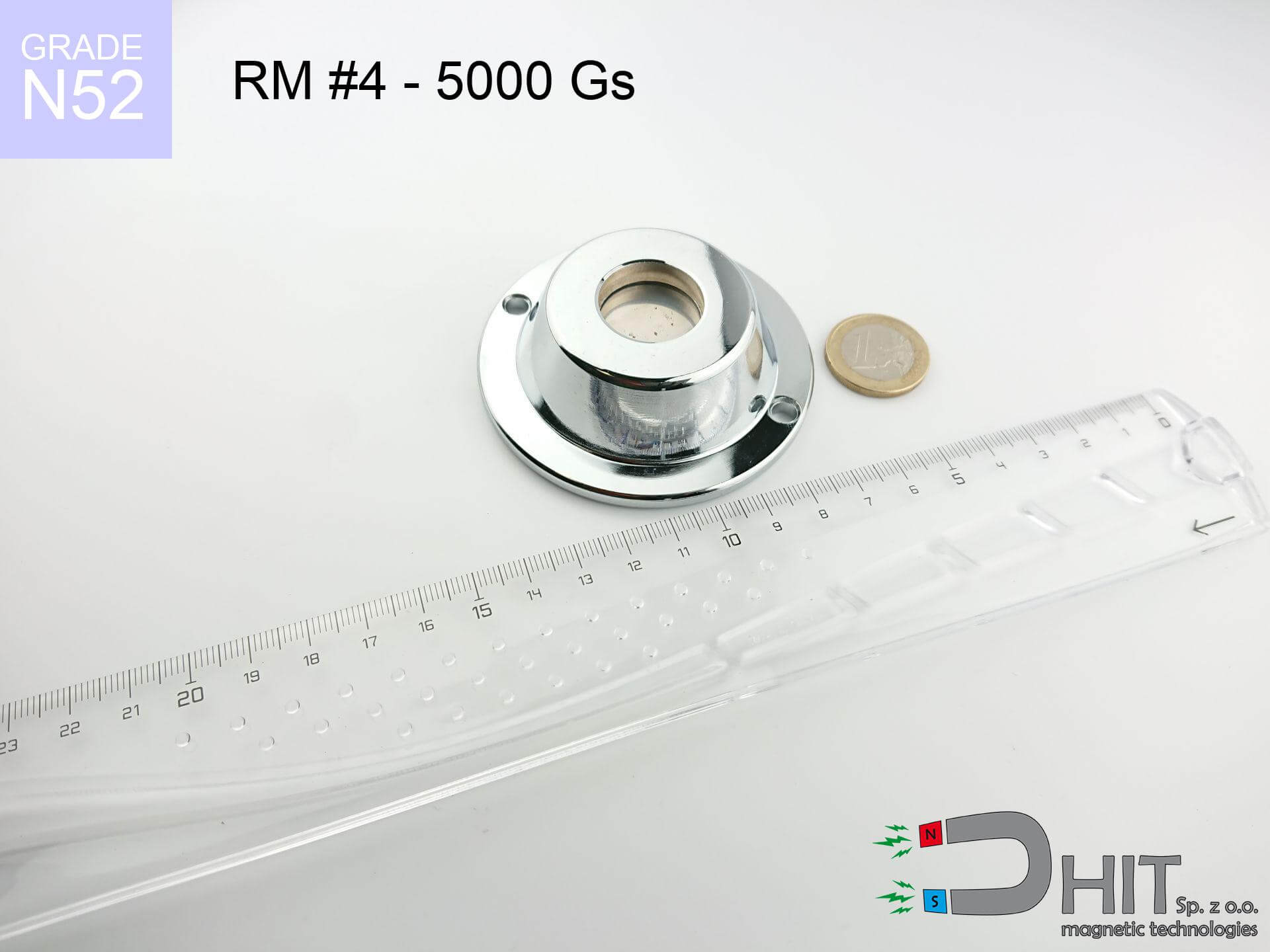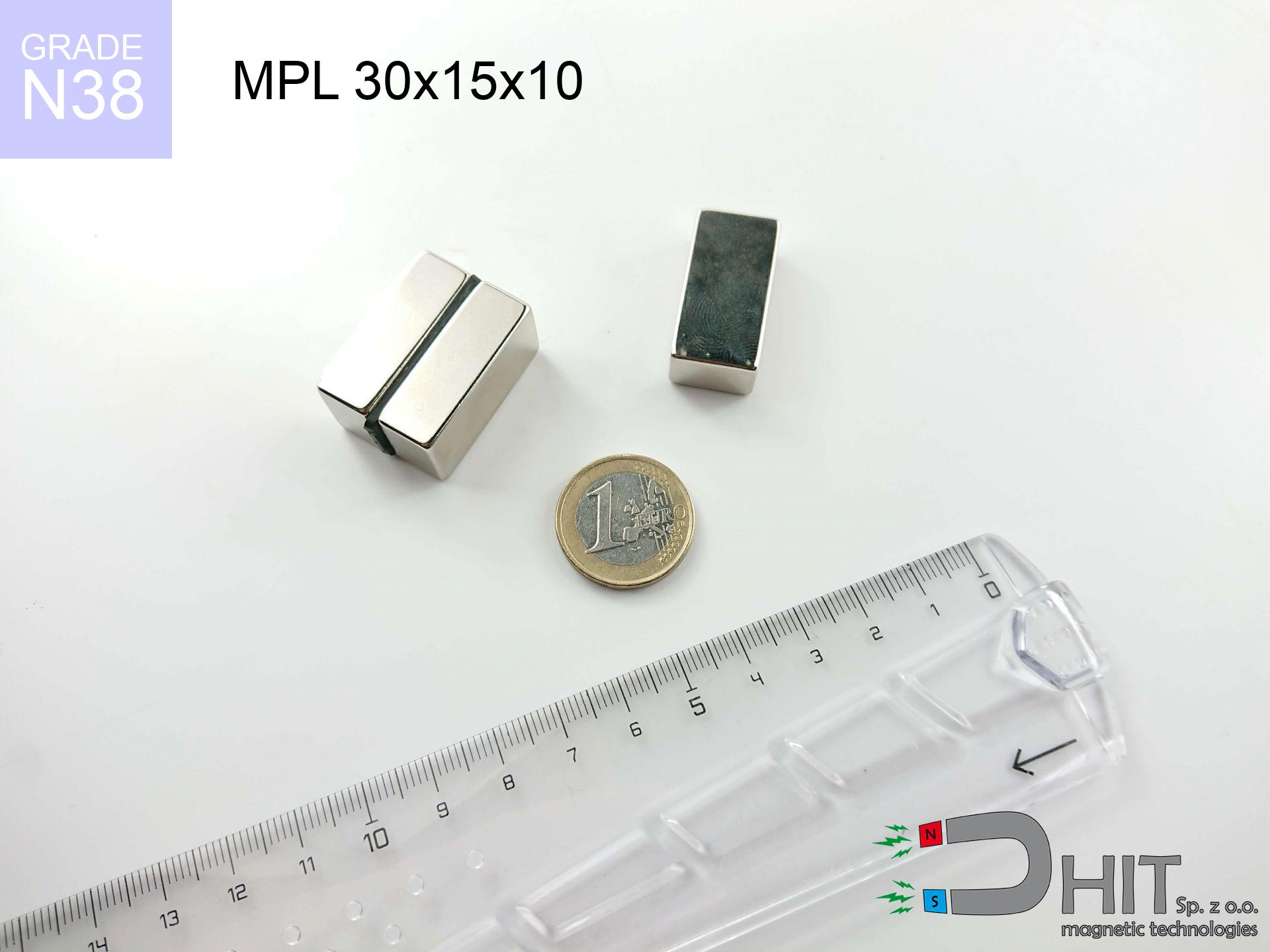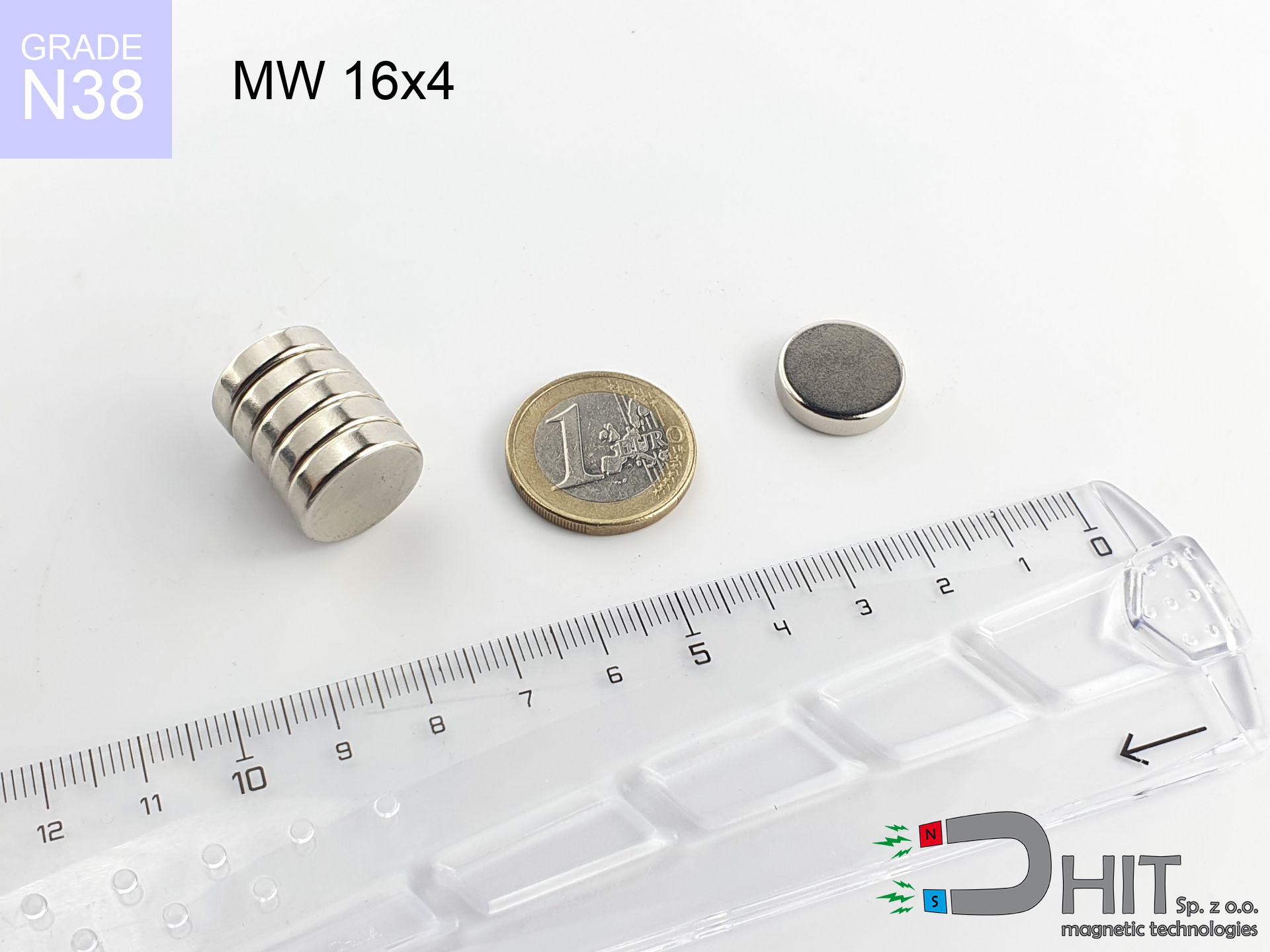RM R4 - 5000 Gs / N52 - magnetic distributor
magnetic distributor
Catalog no 280254
GTIN: 5906301814450
Weight
0.01 g
Magnetization Direction
↑ axial
Coating
[NiCuNi] nickel
66.42 ZŁ with VAT / pcs + price for transport
54.00 ZŁ net + 23% VAT / pcs
bulk discounts:
Need more?Need help making a decision?
Call us
+48 22 499 98 98
alternatively send us a note by means of
contact form
through our site.
Parameters as well as shape of a neodymium magnet can be reviewed with our
magnetic mass calculator.
Order by 14:00 and we’ll ship today!
Magnetic properties of material N52
Physical properties of sintered neodymium magnets Nd2Fe14B at 20°C
Shopping tips
Advantages and disadvantages of neodymium magnets.
Apart from their strong magnetism, neodymium magnets have these key benefits:
- They do not lose magnetism, even during approximately 10 years – the reduction in strength is only ~1% (theoretically),
- They have excellent resistance to magnetism drop as a result of external fields,
- By covering with a smooth layer of nickel, the element has an proper look,
- The surface of neodymium magnets generates a powerful magnetic field – this is a distinguishing feature,
- Through (adequate) combination of ingredients, they can achieve high thermal resistance, enabling functioning at temperatures approaching 230°C and above...
- Thanks to versatility in constructing and the ability to customize to unusual requirements,
- Fundamental importance in innovative solutions – they are used in magnetic memories, motor assemblies, precision medical tools, and modern systems.
- Relatively small size with high pulling force – neodymium magnets offer impressive pulling force in compact dimensions, which allows their use in compact constructions
Drawbacks and weaknesses of neodymium magnets: weaknesses and usage proposals
- They are prone to damage upon heavy impacts. To avoid cracks, it is worth securing magnets in a protective case. Such protection not only protects the magnet but also improves its resistance to damage
- We warn that neodymium magnets can reduce their strength at high temperatures. To prevent this, we recommend our specialized [AH] magnets, which work effectively even at 230°C.
- When exposed to humidity, magnets start to rust. For applications outside, it is recommended to use protective magnets, such as those in rubber or plastics, which secure oxidation as well as corrosion.
- Limited possibility of producing nuts in the magnet and complicated shapes - recommended is cover - mounting mechanism.
- Potential hazard to health – tiny shards of magnets pose a threat, in case of ingestion, which is particularly important in the aspect of protecting the youngest. Furthermore, small components of these magnets are able to be problematic in diagnostics medical in case of swallowing.
- With large orders the cost of neodymium magnets is economically unviable,
Best holding force of the magnet in ideal parameters – what affects it?
The load parameter shown refers to the limit force, obtained under optimal environment, specifically:
- with the contact of a yoke made of special test steel, ensuring full magnetic saturation
- with a cross-section of at least 10 mm
- characterized by even structure
- under conditions of gap-free contact (surface-to-surface)
- during pulling in a direction vertical to the mounting surface
- at ambient temperature room level
Determinants of lifting force in real conditions
It is worth knowing that the magnet holding will differ subject to elements below, starting with the most relevant:
- Clearance – existence of foreign body (rust, tape, air) interrupts the magnetic circuit, which lowers power steeply (even by 50% at 0.5 mm).
- Force direction – declared lifting capacity refers to detachment vertically. When applying parallel force, the magnet holds much less (often approx. 20-30% of nominal force).
- Metal thickness – the thinner the sheet, the weaker the hold. Part of the magnetic field passes through the material instead of converting into lifting capacity.
- Steel grade – the best choice is high-permeability steel. Hardened steels may attract less.
- Base smoothness – the more even the plate, the better the adhesion and higher the lifting capacity. Roughness creates an air distance.
- Temperature – temperature increase results in weakening of induction. It is worth remembering the thermal limit for a given model.
* Lifting capacity was measured by applying a polished steel plate of optimal thickness (min. 20 mm), under perpendicular pulling force, in contrast under attempts to slide the magnet the load capacity is reduced by as much as fivefold. In addition, even a minimal clearance {between} the magnet’s surface and the plate reduces the load capacity.
Precautions when working with NdFeB magnets
Dust is flammable
Dust created during grinding of magnets is self-igniting. Avoid drilling into magnets unless you are an expert.
Nickel allergy
Some people experience a hypersensitivity to nickel, which is the standard coating for NdFeB magnets. Extended handling may cause dermatitis. We suggest use protective gloves.
Adults only
Product intended for adults. Small elements pose a choking risk, leading to intestinal necrosis. Keep out of reach of kids and pets.
Handling rules
Before use, read the rules. Uncontrolled attraction can break the magnet or injure your hand. Be predictive.
Magnet fragility
Beware of splinters. Magnets can fracture upon uncontrolled impact, launching sharp fragments into the air. We recommend safety glasses.
Threat to navigation
A powerful magnetic field negatively affects the operation of magnetometers in smartphones and GPS navigation. Maintain magnets close to a device to prevent damaging the sensors.
Physical harm
Mind your fingers. Two powerful magnets will join instantly with a force of massive weight, destroying everything in their path. Be careful!
Medical interference
Patients with a ICD should keep an large gap from magnets. The magnetic field can interfere with the functioning of the implant.
Threat to electronics
Intense magnetic fields can erase data on payment cards, hard drives, and other magnetic media. Maintain a gap of min. 10 cm.
Heat warning
Watch the temperature. Exposing the magnet above 80 degrees Celsius will permanently weaken its magnetic structure and pulling force.
Caution!
More info about risks in the article: Safety of working with magnets.





![UMP 135x40 [M10+M12] GW F600 Lina / N38 - search holder UMP 135x40 [M10+M12] GW F600 Lina / N38 - search holder](https://cdn3.dhit.pl/graphics/products/ump-135x40-m10+m12-gw-f600-+lina-sej.jpg)
![SM 25x350 [2xM8] / N52 - magnetic separator SM 25x350 [2xM8] / N52 - magnetic separator](https://cdn3.dhit.pl/graphics/products/sm-25x350-2xm8-geb.jpg)

